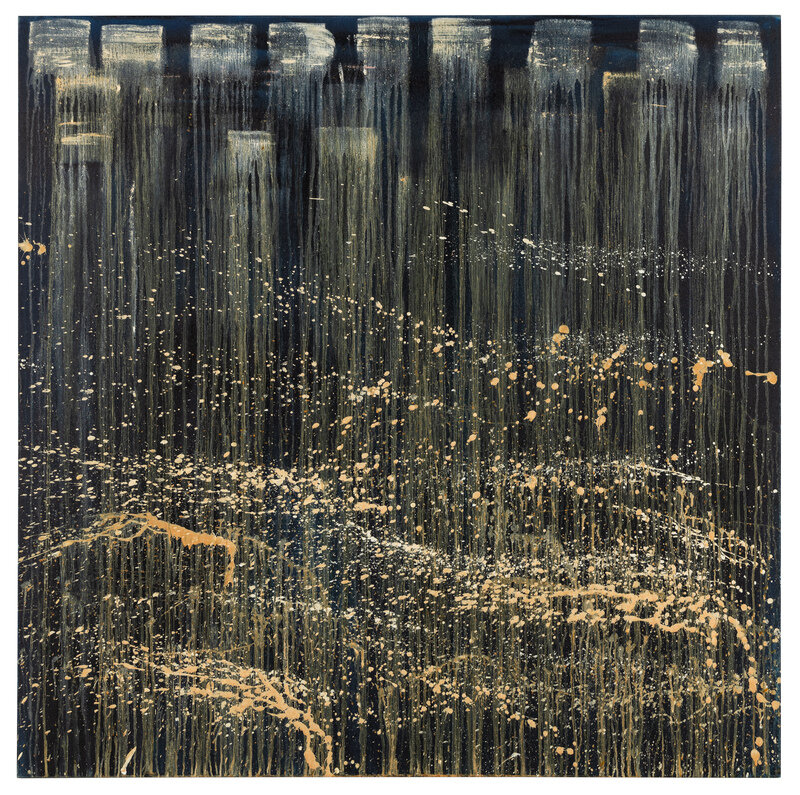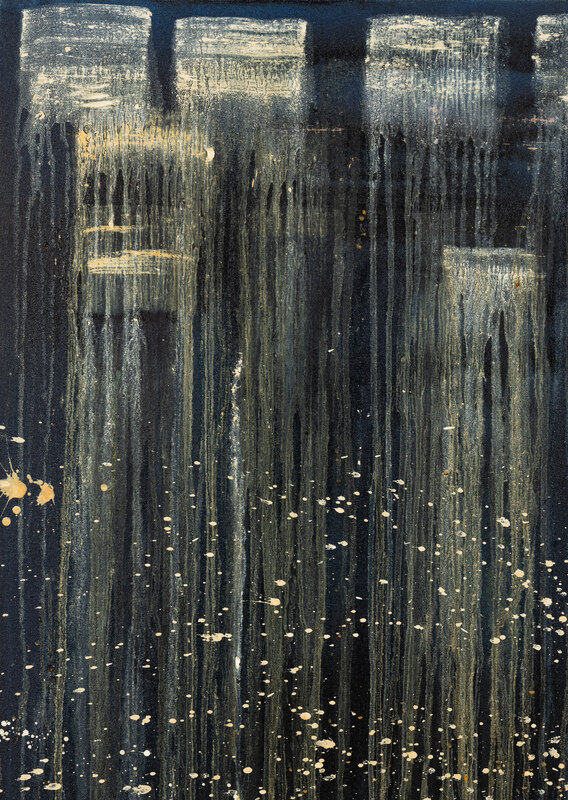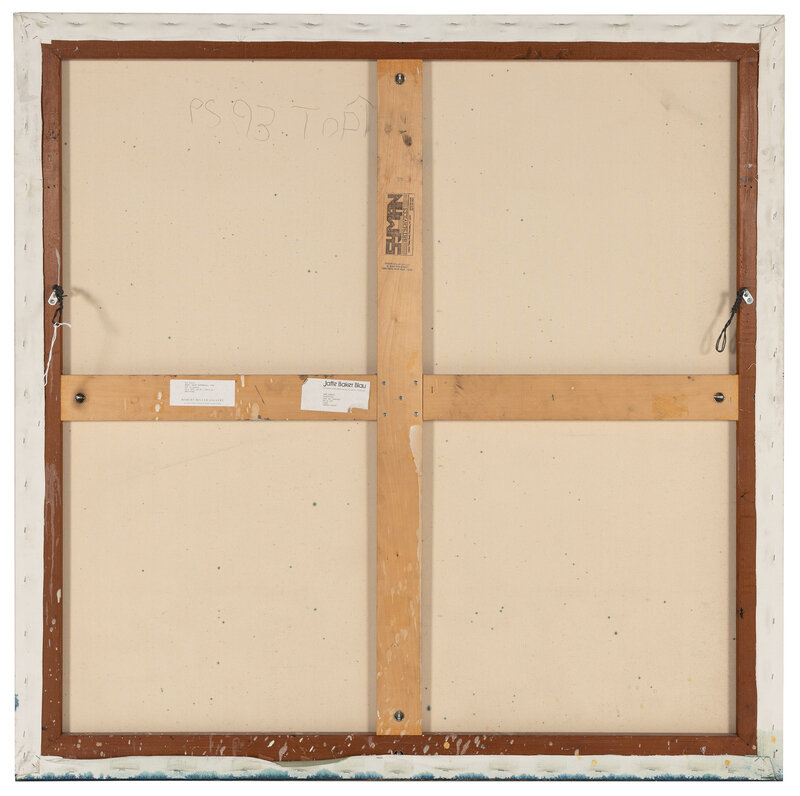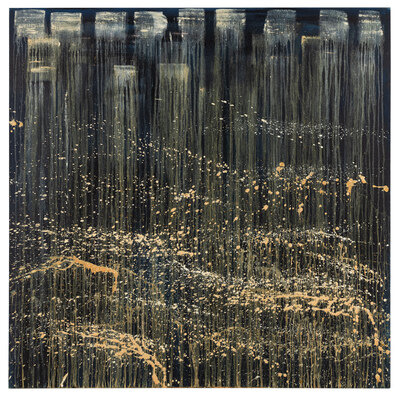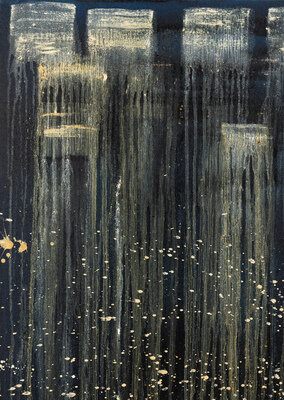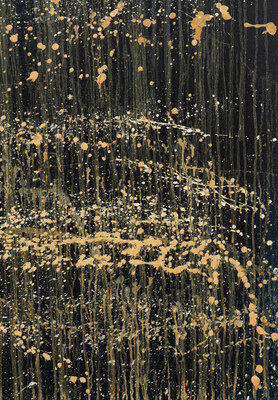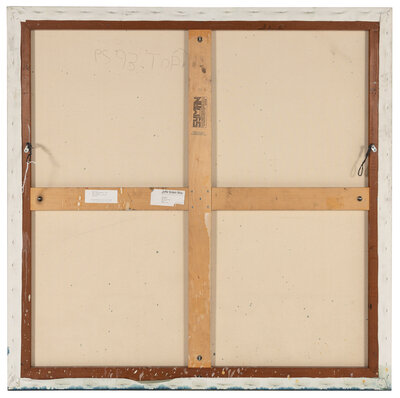Condition Report
Contact Information
Auction Specialists
Lot 72
Pat Steir
(American, b. 1938)
Small Ghost Waterfall, 1993
Sale 1327 - Post War and Contemporary Art
Apr 24, 2024
10:00AM CT
Live / Chicago
Own a similar item?
Estimate
$250,000 -
350,000
Price Realized
$533,400
Sold prices are inclusive of Buyer’s Premium
Lot Description
Pat Steir
initialed PS and dated (verso)
59 x 59 inches.
Property from the Estate of Renee and Sandy Bank
(American, b. 1938)
Small Ghost Waterfall, 1993
oil on canvas
initialed PS and dated (verso)
59 x 59 inches.
Property from the Estate of Renee and Sandy Bank
